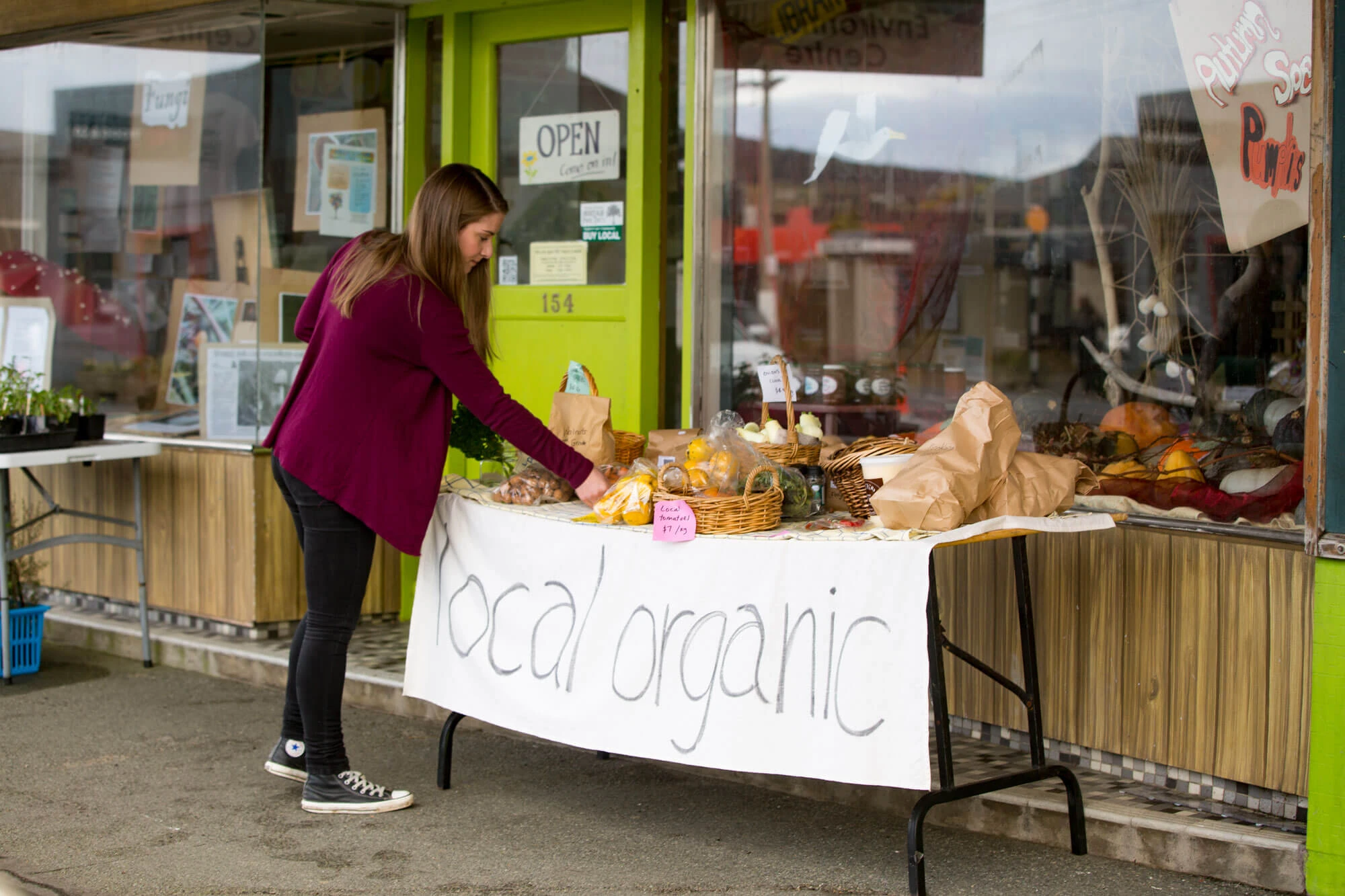Hemp (Cannabis sativa)
Introduction
Small scale trial plantings of hemp have been done in both Southland and Otago, with some success, under the control of the Department of Health. Contact them directly for the latest updates. The key to making this crop a success is finding a process where the plant material can actually be used. There is no point growing it if you cannot sell it.
As Crops for Southland has no direct experience with growing this crop a quick search on the Internet has come up with the following information. As it is based on Northern Hemisphere production, the dates should be changed to suit our growing conditions.
Hemp does well in a variety of soil types, but does not tolerate drought, flooding, saturated or saline soils. It is tolerant of light spring frosts. Production to date indicates hemp is best suited to areas with moderate rainfall and good soil fertility. Maturity varies from 110 to 150 days depending on variety and date of seeding. Hemp is a short day plant; thus flowering of the plant is triggered by the shorter day lengths after June 21 (Northern Hemisphere). Crops seeded in early spring may produce taller stalks and higher yields, but will not flower or mature much earlier than later seeded crops. Hemp should not be seeded after June 15.
Hemp is a broadleaf oilseed and fibre crop. It is susceptible to similar disease and insect pests as other oilseed crops, such as canola, and should be grown in rotation with cereal and forage crops. Perennial weeds should be controlled in the year previous to hemp production, and some herbicide soil residues may cause crop injury (example: ESCORT®).
Hemp varieties have been developed in Europe with very low levels (<0.3%) of THC. Tall varieties are better suited to fibre production, while shorter varieties are better suited to grain production. Plant breeding is underway in a number of countries to develop better strains.
The recommended seeding rate for hemp grain production in Saskatchewan is approximately 22 kg/ha (20 lb/ac) or approximately 100–125 seeds/m2. The recommended seeding rate for hemp fibre production is 66 kg/ha (60 lb/ac) or approximately 300–375 seeds/m2. The higher seeding rate for fibre is due to the need for many fine stems with a higher percentage of fibre in the stems. Hemp seed is oblong. Care must be taken if seeding is done by an air seeder. The seed is high in oil and if the air is set too high, some of the seeds will be crushed on the divider manifold. The recommended seeding depth is 2–3 cm. Seed should be placed as shallow as possible, but into moist soil, with at least 2 cm of moist soil above the seed. Do not pack too tightly as excess soil compaction will reduce emergence.
Optimum soil temperature for fast germination and emergence is 8–10°C. Hemp should be seeded in Saskatchewan between May 1 and May 31. Research has shown that due to the photoperiod sensitivity (short day length requirement) of most hemp varieties, flowering and maturity will occur at relatively the same time regardless of seeding date. However, earlier seeding should result in taller plants with higher yields.
Fibre
Hemp grown for fibre should be harvested at early to mid flowering stage utilising specialised equipment. Contracting companies will advise growers regarding the best approach for harvesting fibre crops.
Grain
Some growers of grain hemp report success with swathing the crop as high as possible (cut the top portion of the crop containing the grain) and allowing the cut material to fall through the tall stubble. Swathing occurs just before grain maturity when the grain is at approximately 30% moisture. A second pass cuts the stubble at the height just above the windrow containing the grain. The grain is combined and the straw is baled in separate operations. Most growers report success by straight cutting the crop as soon as shattering begins. This often occurs when the grain is at 21–28% moisture and the crop is still quite green. Initial experience indicates that waiting for the crop to ripen past this stage increases the risk of fibres wrapping around moving combine parts. Grain yields have varied from zero in drought conditions to over 1,200 kg/ha in south-central Saskatchewan in 1999. Average grain yields in Saskatchewan are expected to be 350–550 kg/ha.
Hemp is an oilseed crop and must be stored in a similar method to other oilseeds to avoid spoilage. Harvested grain may be as high as 28% moisture, and must be dried to <10% moisture for safe storage. Drying using aeration fans should begin immediately after harvest. Once aeration commences, the fan should not be turned off until the grain is dry. Hemp grain dries relatively easily, provided the sample is free of green weed seeds and plant material, and darkens as it dries. The use of supplemental heat drying has not been tested and maximum drying temperatures are not known at this time.





